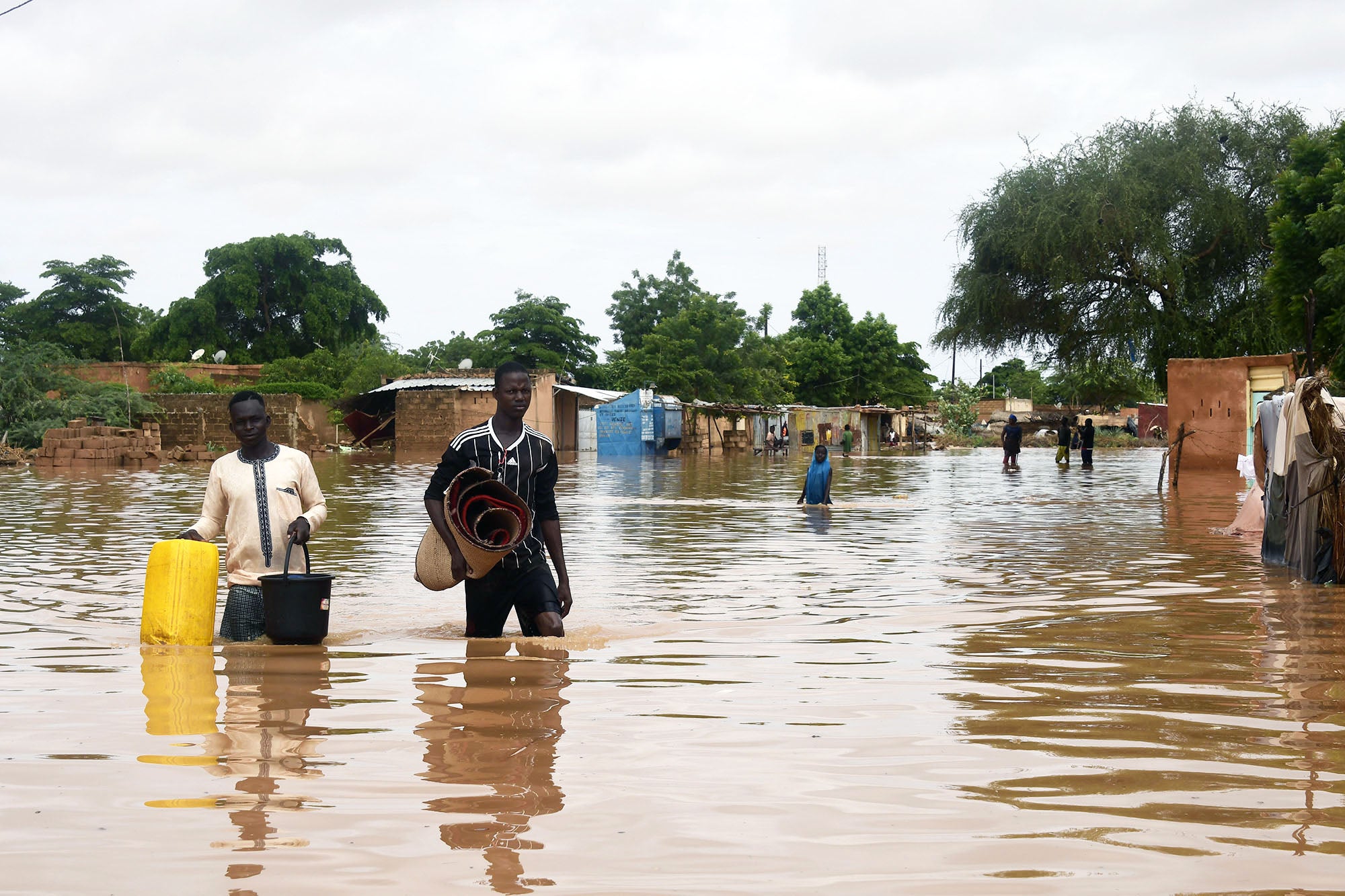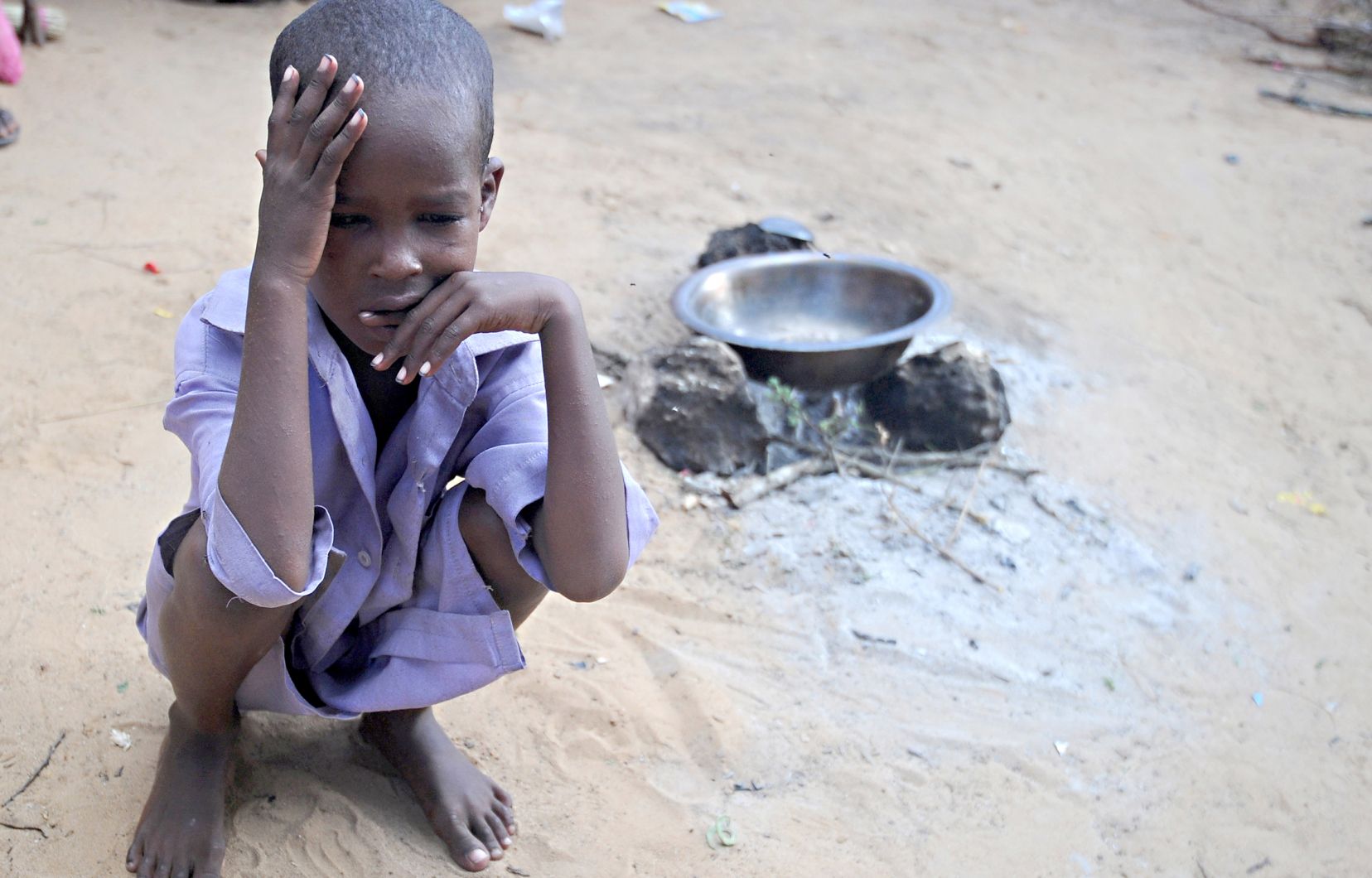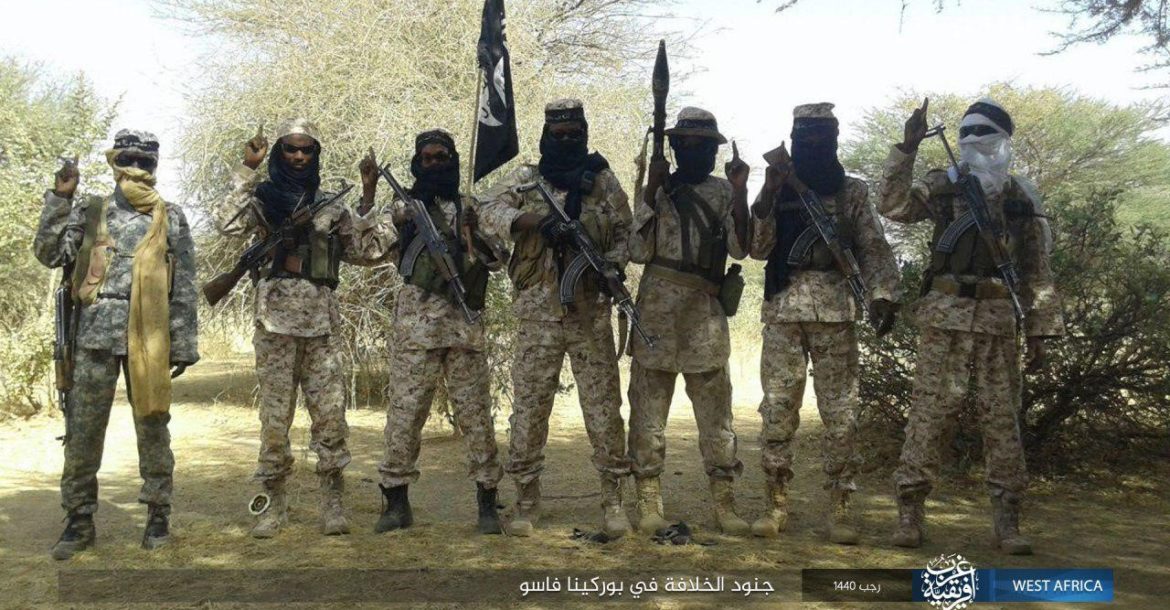
Deadly floods in the Sahel: increasingly devastating floods in the face of climate change
When the arid land gives way under the waters
The Sahel, this vast semi-arid region of Africa, was historically dominated by drought. The great heat waves and the cracked earths created the image of an inhospitable desert where water, as rare as it was precious, only appeared on rare occasions. But now, in recent years, water seems to have decided to reclaim its rights… with violence.
Climate change has disrupted the seasonal cycles of the Sahel, causing extreme rainfall. The result: catastrophic floods that now regularly affect the region. Submerged villages, destroyed crops, displaced families… each year, the human and material toll is heavier.
A disruption that threatens the entire region
The particularity of these floods is that they occur in an already fragile region, marked by insecurity, conflicts, and a largely agrarian economy. For local communities, these floods are not just an inconvenience: they represent a final blow. Farmland is submerged, animals perish and houses, often rudimentarily built, do not resist the violence of the floods for long.
This year again, the images are chilling. Roads transformed into rivers, homes swept away by torrents, and populations trapped. Access to the disaster areas is extremely difficult, making relief operations even more complicated.
The forecasts are not optimistic
Experts agree that the phenomenon is set to intensify. Global warming is profoundly changing precipitation patterns in this region of the world. What used to be the exception is becoming the new norm: torrential rains, followed by massive flooding.
Local authorities and humanitarian organisations are often overwhelmed. The infrastructure, poorly adapted to these new climatic hazards, is unable to contain the waters or limit the damage. The dikes give way, the roads disappear, and the populations find themselves left to fend for themselves.
A dilemma for the authorities and the international community
Faced with these disasters, governments in the region find themselves in a bind. On the one hand, they must manage humanitarian emergencies related to flooding. On the other, they are forced to address the long-term challenges posed by these events, including infrastructure, agriculture and land management. But the question is: where will the funds come from?
International funding, while crucial, does not always match the needs. Between security and climate emergencies, priorities are sometimes difficult to balance. However, experts are unanimous: without a real response, these natural disasters risk causing real humanitarian crises over and over again.
And now ?
The question that remains is: how can we prevent the Sahel, already a victim of drought and conflict, from also being submerged by water every year? Solutions still seem distant and impractical. As long as climate action is delayed, it is a safe bet that these deadly floods will continue to haunt the region. But for how much longer can people hold out?



Leave a comment
This site is protected by hCaptcha and the hCaptcha Privacy Policy and Terms of Service apply.